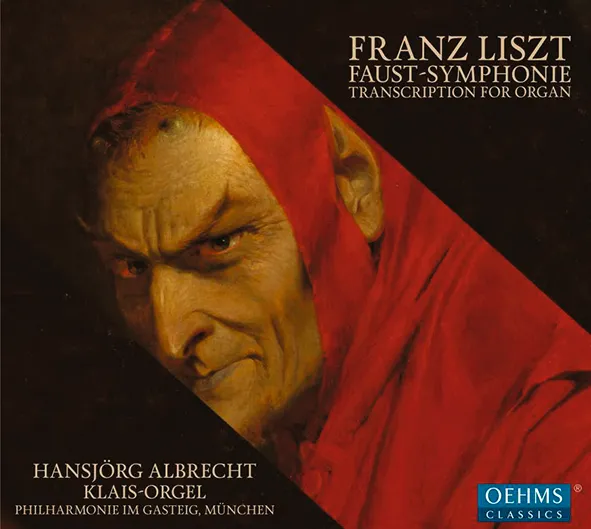
Liszt A Faust Symphony (transcription for organ) Hansjörg Albrecht (organ) Oehms Classics OC 1873 69:09 mins
Getting a complex orchestral masterpiece like Liszt’s Faust Symphony to work effectively in a medium as different as the organ amounts to a major undertaking. Hansjörg Albrecht’s arrangement and performance both rise to the challenge with impressive success. The acoustic of Munich’s ultra-modern Gasteig concert hall – able to handle a thunderous volume-level while allowing detail to remain clear – is an asset in itself; so is the state-of-the-art range of registration offered by the Klais organ. And Albrecht’s command of his self-imposed technical challenge is so complete that it’s effectively impossible to imagine a finer performance.
So is an arrangement like this viable on its own musical terms? While the results are mixed, the balance comes down in favour. In particular, the instrument’s sheer power allows the epic sweep of Liszt’s conception (based on Goethe’s Faust verse-play) to come across if anything more imposingly than in the orchestral original. The range of sounds is rich but not gaudy: the overall impression is rather like remembering a photograph while looking at a strongly coloured painting of the same scene. Not everything works well enough: in the ‘Gretchen’ slow movement, dominated in the orchestral original by the strings, the organ simply can’t replicate the same feeling of winsome lyrical appeal. The compensating upside is in the outer movements, ‘Faust’ and ‘Mephistopheles’, where Liszt’s range of high-octane invention transfers to the organ in spectacular style.
Malcolm Hayes
